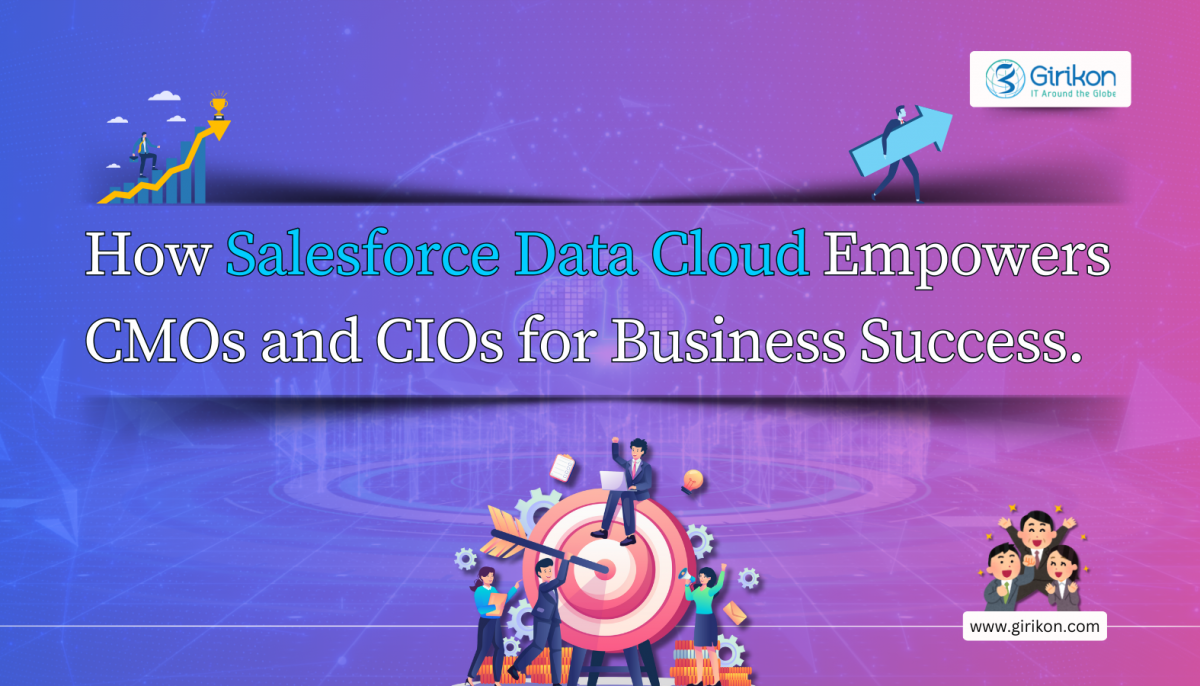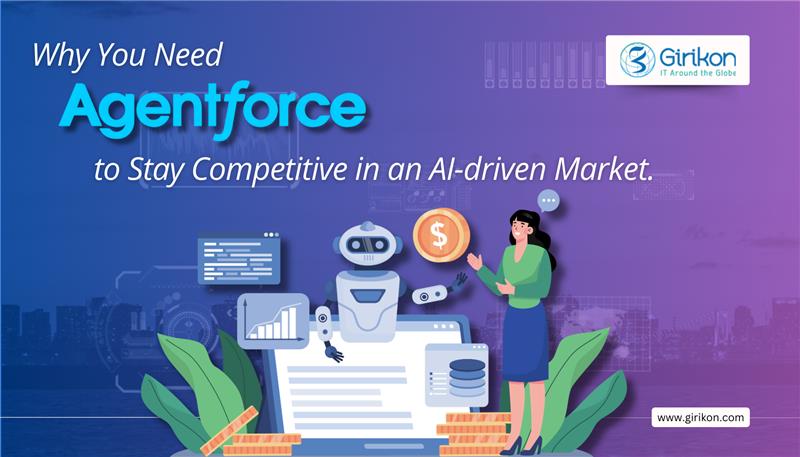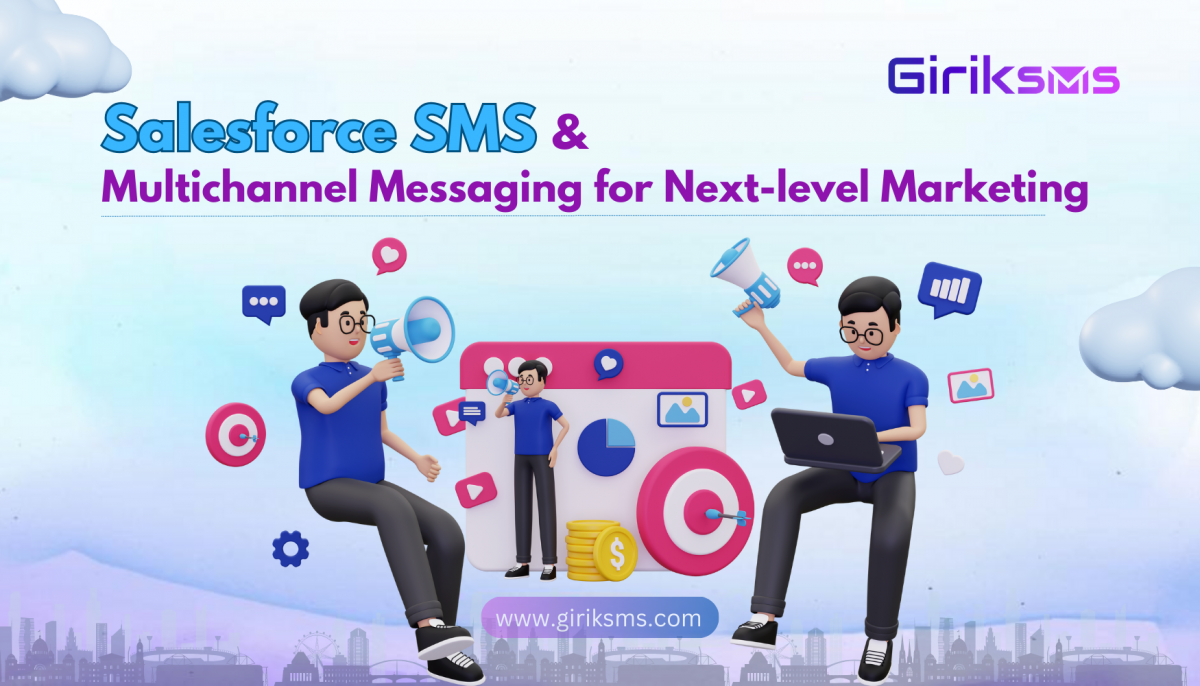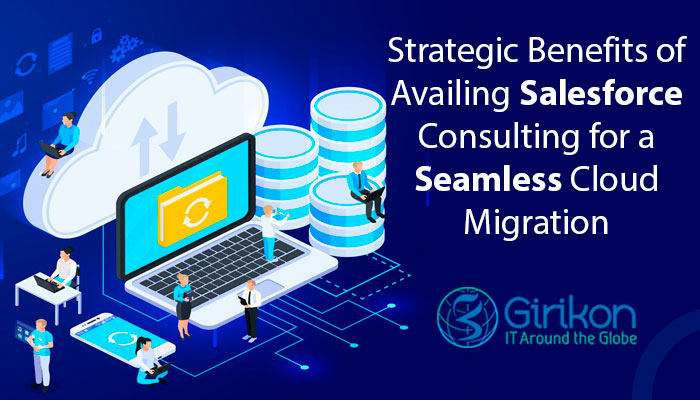Salesforce Marketing Cloud Email Studio is the leading enterprise email marketing platform allowing marketers to deliver an intelligent personalised message at scale. Connecting commerce, sales, service and customer communities for a consistent customer journey. Now each message can be tailored using an intuitive UI with drag and drop tools, easily customising content for your target audience. While personalising unique content for each subscriber. Email marketers can leverage Einstein AI to predict the needs of their customers, empowering them to suggest the right product at the right time. With automation, brands can connect with customers with one-to-one messages even at the scale of millions.
Email studio lets you easily switch between templates or code when creating the right look and feel for your message. Once your message is ready, email studio allows you to review each email before sending to each subscriber is delivered the right content. Once emails are sent, marketing teams can use first-party data to target and attract new customers through advertising across the web or connect with them on their mobile devices. Real-time analytics empowers you to monitor campaign performance across the entire customer journey. View campaign metrics to optimise campaigns and ensure users stay engaged. You can approve content, deliver campaigns and monitor performance, and manage users from anywhere.
Before we talk about Design Strategy, let's look at what you can do with Marketing Cloud e-mail Studio.
TARGET YOUR AUDIENCE
Create profile data based segments to drive engagement.
Deliver great content to your target audience
Use drag-and-drop functionality to segment and fine-tune your subscribers, to deliver relevant messaging. Filter millions of profiles at the click of a mouse and get real-time counts for sending.
Become more efficient by automating most tasks.
Effortlessly import, segment, and filter data from any source to allow you to deliver focused campaigns.
Discover the right audience with inbuilt intelligence
Keep your most active subscribers engaged more often, and improve overall message deliverability by reducing messaging frequency to inactive subscribers.
BUILD YOUR BEST EMAIL
Create sophisticated, engaging messages.
Deliver responsive design based messages to customers on any device
Effortlessly optimize messages for mobile so that your emails appear exactly as you intended whenever and wherever they’re opened. Always.
Use a library of customizable templates to build your emails
Get creative with best-in-class templates and populate emails content in to time.
Deliver dynamic messages that inspire call to action.
Take advantage of user-friendly dynamic features like a personalized scripting language, drag-and-drop functionality and carousels to delight your subscribers in real-time.
Engage customers throughout their journey with personalised messaging
Foster strong customer relationships with conversations that engage at every stage of the customer lifecycle.
PERSONALIZE YOUR CONTENT
Deliver relevant and engaging email experiences in no time.
Deliver data-centric content.
Get the most out of your data using dynamic content and scale personalization across your campaigns.
Enhance and enrich the subscriber experience.
Deliver multi-dimensional, engaging, and delightful experiences to your subscribers’ inbox.
Leverage Einstein to power personalization.
Use AI to tailor content for each message based on individual user behaviour.
Automate intelligent messages.
Create your message once, and leave it to AI to deliver the best and freshest content every single time. Review metrics to refine your content over time.
SCALE YOUR CAMPAIGNS
Reach customers with 1-to-1 messages, even at the scale of millions.
Send with confidence.
Preview and test every message before sending to ensure quality and establish criteria to disallow accidental delivery of test messages.
Automate the email journey.
Boost your marketing team’s efficiency and simplify your job. Set up delivery schedules for messages so that customers experience your brand exactly the way you want with the minimal manual workload.
Build 1-to-1 relationships with customers.
Leverage flexibility and scalability of email studio and empower yourself to maintain engaging 1-to-1 relationships even with an audience of millions.
Fine-tune on the go.
Make iterations to your journey as you go, and run tests quickly. Understand what’s working, and what isn’t, and driving perfection in your campaigns.
From building your email strategy to delivering seamless journeys, here are the 5 best email campaign design practices to help you drive customer engagement at scale.
STRATEGIZE
Develop your email plan of action.
Know your audience, establish clear goals, and build a content strategy to maximise the impact of your email messaging.
Build in-depth personas.
Develop persona profiles having information about day-to-day work habits, challenges to conversion, and key questions.
Leverage CRM data.
Use your CRM to understand demographic and behavioural data, which allows you to segment your audience effectively.
Identify consumer needs.
Clearly identify the journey of your target audience. Whether it be onboarding or a re-engagement email journey.
Set a clear vision for email marketing.
Set specific goals.
Outline the objective you wish to achieve through your email campaigns such as brand awareness, deeper engagement, or driving sales.
Create useful content.
Understand how and why your audience should connect with your message and how you can deliver content that meets their needs.
Chart your path.
Define how you intend to measure the success of your email strategy both for your business as well as your audience.
Develop an effective, customised content strategy.
Map clear journeys.
Plan for different email journeys, such as transactional and onboarding journeys, that show you a connected flow from one email in a journey to the next.
Make a schedule.
Create an outbound email calendar that details the frequency of your outgoing communication.
Collect useful metrics.
Determine the data collection mechanism to measure the success of your outreach program. Parameters such as open rates, click-through rates, landing page impressions, sales originating from your emails, can help you get clarity on the effectiveness of your campaign.
DESIGN
Content is vital to great email design.
Engage your audience with effective content.
Sender ame:
Cleary reveal your identity to the viewer
Subject line:
Create an effective subject lines that reflects the content in the email to encourage engagement.
Header:
This is at the top of your email area that includes your brand’s logo.
Navigation bar:
The navigation bar mirrors your website navigation and drives traffic to key entry points of your site.
Primary message:
The primary message includes your main reason for reaching out to your audience.
Social media bar:
Include links to your brand’s pages on social media networks.
Footer:
This includes an unsubscribe link, compliance information or link, and disclaimers.
Device friendly Content.
Automatically tailor messaging, that’s fits any device.
Design to inspire engagement.
Create and truly responsive designs powered by live content
Start with coding.
Use CSS3 to adjust font size, frame width, and image size for a richer experience.
DELIVER
Send every email with confidence.
Ensure inbox delivery and avoid the spam and junk folders.
Get permission twice.
Ensure that you are sending emails only to an engaged audience by using double opt-ins like email or SMS to confirm with new subscribers.
Set clear expectations.
Ensure subscribers know what they’re getting and when is the communication expected. Determine the best time for engagement.
Boost your reputation.
Establish a good sending reputation by using a sender authentication package, a collection of products that optimizes email delivery.
Clean your list.
Clean your subscriber lists regularly by reviewing data such as open rates. Segment subscribers who haven’t engaged with your emails over a certain period, and launch re-engagement emails.
Avoid ambiguous “from” addresses.
Avoid using no-reply@business.com or other such impersonal sender addresses. Steer clear of being marked as spam by subscribers and email service providers.
Keep it legal.
Abide by the CAN-SPAM act. Include a clearly visible unsubscribe option, honor unsubscribe requests, and choose a legitimate “from” address.
ANALYZE
Test emails to optimize performance.
Go deeper into demographic, behavioral, and contextual data and personalize every email.
Demographic data:
Aggregate demographic data that may include subscriber’s name, gender, date of birth, mailing address, and other information collected on a signup form.
Behavioral data:
Track actions across multiple channels. This may include includes browsing activity, downloads, purchase history, email opens, and more.
Contextual data:
Marketing teams can use contextual data to deliver just in time experiences, the moment an email is opened.
Measure metrics to understand email performance after sending.
Track positive results data.
Track the delivery rate, open rate, click-through rate, conversion rate, to have a deeper view into the engagement levels.
Learn from negative results data.
Adjust your strategy based on what’s not working. Assess unsubscribe rates bounce rates to re-align your campaign.
Know your testing audience.
Test campaigns with new subscribers because they haven’t been influenced by previous marketing or communication campaigns. Avoid targeting segments that are dormant that can potentially dilute results.
ELEVATE
Evolve your email strategy as you grow.
Know the consumer experience.
Take stock of all other consumer touchpoints across your company’s channels, including social media, SMS, website, app, and even sales and service interactions.
Assess the role of email.
Understand how email fits into each individual consumer’s journey. Identify opportunities to boost experiences in awareness, acquisition, onboarding, engagement and retention.
Inform your adjustments.
Test the consumer’s journey before going live. Modify and optimize the journey before your subscribers actually experience it to give your marketing teams the best chance at success.
Contact Girikon today, a certified Salesforce Consulting Partner to help you create engaging, objective-oriented email campaigns that deliver results.
Questions?
Our reps have answers.
CONTACT AN EXPERT
Whether you are already running a Salesforce instance in your organization and would like to upgrade it, or you want to set up a Salesforce implementation from scratch, you will probably need the expertise of a Salesforce consulting partner.
With the global adoption of the world’s No.1 CRM platform, the Salesforce consulting partners network has been growing over the years, ranging from individual consultants to global partner firms, offering extensive expertise across Salesforce products and industries and third-party apps.
But, how do you find a consultant that is best suited for you? Here are the top 9 mistakes companies usually make when Salesforce consulting partner and how to tackle them.
Mistake #1: Not having a clear definition of business goals
As a business leader you are expected to show the way. It’s not the job of a consultant. Before you decide what type of implementation you want, it is critical to understand why you need the proposed solution in the first place. How does it address your business goals? What problems is it going to resolve for you? What direction do you want your business to take post implementation?
Without a clear understanding of these aspects, you may end up squandering time, money and effort on an underutilised Salesforce implementation and never really realise its full potential.
To set the right direction for your business with the help of your Salesforce implementation, you need to clearly define:
Determine Business Objectives – Enlist what you wish to achieve with the Salesforce platform, just in the immediate term, but over a 3-4 year period.
Define Optimal Project Schedule – Set realistic expectations you’re your project execution timeline. Typically, implementation times take months for for mid-size businesses.
Define your budget – Do thorough research and establish the budget range you are willing to invest into Salesforce implementation and administration going into the future over a 3-4 year period.
Establish your Partnership Model – Determine the implementation scenarios of your project based on budget, time and resource constraints: will your Salesforce Implementation Partner perform complete implementations, will you split responsibilities with your partner, or you will do everything with internal resources while being guided by your partner.
Define Project Stakeholders – Identify key people from your team who you want to involve in your project implementation. Amongst them, identify a champion who will drive the project.
Define Salesforce Partners Roles – Identify the project roles and responsibilities that can be outsourced to your partner. Draft an RFP based on these roles which will help you to simplify discovery sessions with your prospective partner.
Mistake #2: Lack of Basic Salesforce Knowledge
This step is often overlooked. To be on the same page with your implementation partner or consultant, you need to be familiar with the most common terms and capabilities of the Salesforce platform. Educate yourself with product demos, Case Studies and Whitepapers on the Salesforce websites to know about the features relevant to your business domain. Knowing how Salesforce has helped companies around the world in your domain, will help you speak the same language as your partner.
Mistake #3: Prioritizing Price over Quality
Yes, you would like best Salesforce Consulting Partner your money can buy. And there is always a tendency to attracted to cheaper offers.
But sometimes, when you hire a low cost alternative with tight budgets, there are costs overruns and hiring that consultant may actually result in even higher running costs than originally planned, schedule overruns or worst case, project failure.
Eventually, you may decide to invest only in Salesforce developers. Initially it may seem financially viable. However, if your developers do not have holistic expertise on the domain as well as the product, you may end up with an implementation that may either be underdeveloped or well developed but under-adopted by your end-users.
Which is why Salesforce recommends working with Salesforce Certified partners so that there are no surprises in the long run. It is an expensive option compared to others, but the chances of success are much higher.
Mistake #4: Underestimating the power of reviews
All companies design their websites to look great. And why wouldn’t they? They want you to think that are the best at what they do. However, that’s not the entire story. But what are their clients saying about them? Customer reviews on AppExchange are a great indicator of customer satisfaction levels. Read reviews to know what’s good and what not about a product or app. There are also third part websites which publish reviews of companies for their services.
Mistake #5: Rushing into a decision
Investment into a Salesforce implementation is a huge decision. There is absolutely no reason to rush into it just because your competitors are doing it. Take your time, understand how a partner can help you and make an informed decision.
Ping your network for references, surf through Salesforce platforms like AppExchange and the Trailblazer Community to access a larger pool of consulting companies. Go through their portfolios in detail. Browse through their client case studies for similar projects, determine how their work experience matches with what you need and compare.
Mistake #6: Ignoring the marketing background of a Salesforce partner
At the core of its business, Salesforce is a digital marketing company that empowers businesses to manage customer relationships and enables marketers to launch campaigns, track conversions, and measure ROI.
However, not all Salesforce consultants have adequate digital marketing experience, and while it’s not mandatory, in order to maximize utilization of the power of Salesforce, you should find one that does.
Solution implementation customization and administration are not the onoy things you need help with. You need to know how your business goals align your marketing goals.,
Mistake #7: Hiring a Salesforce Consultant with inadequate relevant experience
You will find that there is no dearth of skilled technical experts on the AppExchange platform. But are technical skills and certifications enough to ensure the success of your project?
No doubt, relevant technical knowledge is critical for successful Salesforce implementation, and you should always pay importance to the proper certifications of the consultants on your partner’s team. However, domain expertise is equally important.
What if Salesforce doesn’t offer out-of-the-box solutions for you line of business. You will then need to identify experts that can customize Salesforce for your unique business needs.
Lack of relevant and adequate industry experience may lead to an implementation with cracks and consequently impact adoption by your team and your ROI.
Besides domain knowledge, you should also look for partners who have enough resources to work with a company of your size and have worked on similar projects.
Your due diligence on your prospective partner’s technical and marketing background will augur well in the long run. Take your time and do a thorough investigation into identifying the best fit partner for your project.
Mistake #8: Not Choosing an Expert
Why do you need to hire an implementation partner? Because you don’t have that level and kind of competence and experience available within your organization, right? And the last thing you want is a partner that readily agrees to every suggestion you make.
What you need is a real expert who has the technical as well as the industry expertise to examine and inquire your business in-depth, and will confidently take the lead and suggest the path forward.
Certified Salesforce Consultants avoid common mistakes, because they’ve learned the hard way, and will suggest the best path forward even though it may not appear right to you. In other words, they will not hesitate to disagree with you.
Mistake #9: Not looking long-term
One of the most common misconceptions amongst businesses is that their engagement with their implementation partner finishes with the deployment of Salesforce.
The truth however is quite to the contrary. Post implementation, your project will enter a phase where you will need expert support of a different kind: to drive user adoption of the platform, ensure that your platform is configured correctly after each Salesforce release, and troubleshoot all solution-related issues.
Your organization is going to grow over the years, and so should your CRM. When new enhancements or customizations are needed, it’s much more efficient and easier to work with a tried and tested Salesforce partner who know your project ground up.
Smart businesses today are focussed on fostering meaningful long-term relationships, that complement their core offerings with innovation.
Investment in Salesforce is a huge step, and should be undertaken with proper planning. And Salesforce partnership is a handshake, where both client and partner work on common goals with shared responsibilities.
Girikon, a Gold Certified Salesforce Implementation Partner, provides expert guidance and support throughout the client’s growth journey. We will assist you with your Salesforce initiative and deliver your unique CRM implementation solution working hand in hand with you
Questions?
Our reps have answers.
CONTACT AN EXPERT
As an entrepreneur, if you are looking to scale up your business, you must work on streamlining your business processes while ensuring operational efficiency. With its wide array of features and functionalities, Salesforce can be leveraged by organizations to manage their processes efficiently. However, suppose your Salesforce solution fails to address your unique business needs. You can either turn to a ready-made App from App Exchange or opt for custom Salesforce Apps to achieve the desired functionality. Although AppExchange is an easy way to get the desired functionality, a custom Salesforce app is undoubtedly a better option. It’s better to seek Salesforce support from a reliable service provider to learn more about the custom Salesforce App.
Listed below are some of the compelling reasons why the Salesforce Custom App is preferred over an AppExchange App:
Cost-effective: Getting a custom App developed is a more cost-effective option than buying one from AppExchange, especially with multiple users and a constrained budget. This is because AppExchange Apps require paying monthly subscription fees. On the other hand, a one-time payment for development, testing, and deployment is made irrespective of the number of users. However, before you choose, make sure you compare your subscription fees with what a developer or a test engineer would charge for one-time work.
Covers Industry-specific Business Processes: If you are looking to integrate some industry-specific processes into your solution, creating a custom App with specific techniques per your unique needs is a better option. AppExchange apps, on the other hand, can help add universal functionality, for instance, one that allows clients to sign contracts sent in their inbox from Salesforce.
Allows Integration of Salesforce with niche software products: To get access to certain marketing or designing materials, you may require a custom integration App for integrating your Salesforce solution to an online platform. AppExchange Apps, on the other hand, has several ready-made integration applications for connecting that can be used to integrate your Salesforce solution to a third-party system.
Additional Scope for Customization: When you opt for a custom-developed App, you leave the scope for tailoring your application in the future due to a change in business process or an increasing number of App users. On the other hand, an AppExchange App offers no such guarantee or assurance for modification in the future.
How to Manage Your Customization Project?
It is essential to organize the customization process to get your customized Salesforce solution aligned with your business needs. Although Salesforce customization isn't rocket science, it may require extra effort than anticipated. By following the sequence of the steps mentioned below, your chances of success will increase:
Seeking Input of End-user: It is crucial to seek your employees' feedback regarding the CRM challenges they might be facing, the features they consider useful, and the ones they are missing out on to comprehend the scope of a future customization project. This helps you figure out the functionality gaps that require elimination.
Engaging a CRM Manager: Make sure you appoint an experienced and qualified CRM manager who can help define the scope of customization, plan the customization process, and provide custom features besides managing the ongoing support to a tailored solution.
Choosing the Right cooperation model: It is essential to define the scope of your project and your business requirement before selecting the right cooperation model. You have two options, i.e., an FP (Fixed Price) contract, which agrees with a one-time delivery of custom features with fixed scope, and the T&M (Time and Materials) contract.
Hiring the Right Salesforce Services Provider: Choosing a Salesforce service provider with thorough consulting and development skills is essential. While the consulting skills are vital for detailing the effective ways of addressing your business challenges, good development skills are required to make Salesforce solutions work just as needed.
Keeping Costs under Check: To check the cost involved in customization, you should take a reasonable approach to customization by prioritizing custom features that are sufficient to meet your business needs while doing away with the need for excessive code-based customizations.
A quick wrap-up:
Salesforce customization is a practical way of making your Salesforce CRM a profitable sales and customer service tool that can curb the concerns associated with poor user adoption. To ensure your customization process is a success, make sure you note the aforementioned best practices. If you are looking for an app designed specifically to meet your business needs, investing in a cost-effective and custom-developed Salesforce App is better. Consider partnering with one of the best Salesforce App Development Companies to get the most out of your investment. By developing a custom-developed App, organizations can enjoy the business process and operational efficiency.

 +1-480-382-1320
+1-480-382-1320 +44-7428758945
+44-7428758945 +61-1300-332-888
+61-1300-332-888 +91 9811400594
+91 9811400594


















